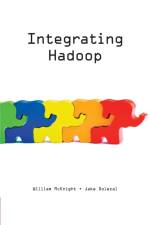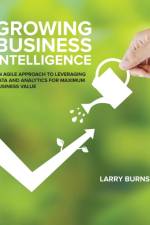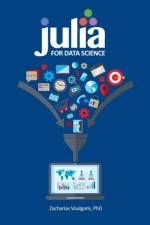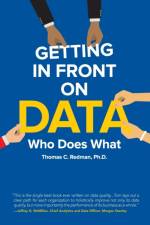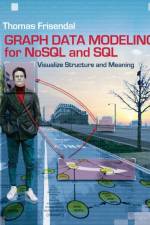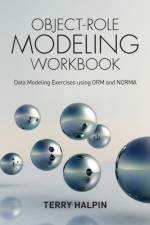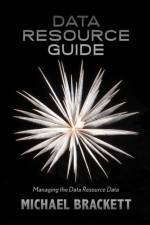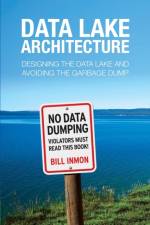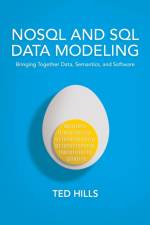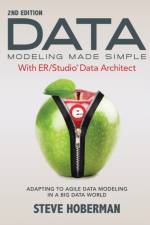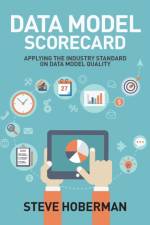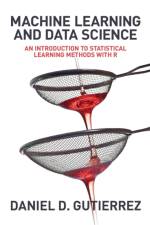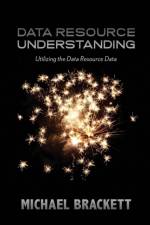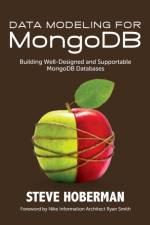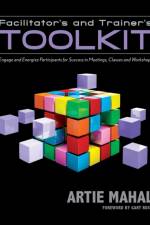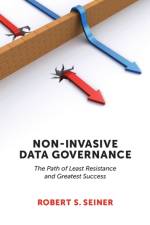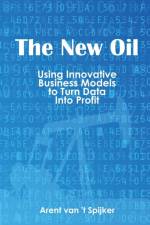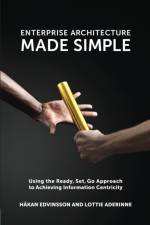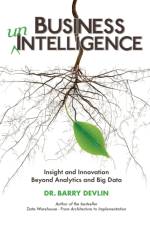- Engage & Energize Participants for Success in Meetings, Classes & Workshops
av Artie Mahal
407
Master frameworks, techniques, and tools for conducting meetings, leading sessions and workshops, and transferring knowledge through education and training. In addition to focusing on proven methods, this book contains many new and innovative ideas developed through decades of the author's experience. There are 12 chapters: Chapter 1, Facilitation Framework, classifies all facilitation types into four generic categories: Strategies and Solutions, Programs and Processes, Learning and Development, and Cooperation and Collaboration. Chapter 2, Value Proposition, leverages the Career Steps Framework to prove the return on investment of facilitation skills and competency. Chapter 3, Facilitation Process, explains each phase of the facilitation process: Contract, Prepare, During Session, Conclude, and Evaluate. Chapter 4, Facilitation Leadership, explores Napoleon Hills' eleven factors of leadership, along with values, ethics, and competencies established by the International Association of Facilitators. Chapter 5, Engagers and Energizers, reveals the art and science of educating and transferring learning to adults and optimizing the engagement of session participants using Dr. Howard Gardner's Multiple Intelligences. Chapter 6, Tools, introduces the foundational technique of brainstorming and shows how to use 35 handy facilitation tools for a variety of situations including problem solving, group dynamics, and storytelling. Chapter 7, Workshop Environment, outlines facilitation-friendly principles followed by guidance on room set up, various seating patterns, equipment, food, and supplies. Chapter 8, Virtual Facilitation, provides suitable alternatives to face-to-face facilitation using practical techniques in four key areas: Engagement, Relationship, Communication, and Technology. Chapter 9, Cross-Cultural Facilitation, introduces proven techniques for how to facilitate learning transfer and effective collaboration across cultures through the application of Dr. Geert Hofsgtede's dimensions of cross-cultural communication. Chapter 10, Visual Facilitation, introduces the power of Visuals and Graphics Recording as a tool for effective collaboration and communication in organizational settings. Chapter 11, Self-Development, provides guidelines on how to develop your facilitation competency and track your progress. This chapter concludes with the author's own journey on becoming an accomplished facilitator. Chapter 12, Tools Library, outlines a step-by-step approach along with templates and examples where each of the 35 tools from Chapter 6 can be successfully leveraged.The book concludes with a section on facilitator and trainer resources.

